Lions have long been celebrated as the “King of the Jungle,” but their true kingdom is the African Savannah. This unique ecosystem provides the essential resources these magnificent predators need to thrive. However, the future of lions in this habitat is increasingly uncertain. In this article, we explore their status, challenges they face, and potential solutions for their conservation.
Understanding the Lion’s Role in the Ecosystem
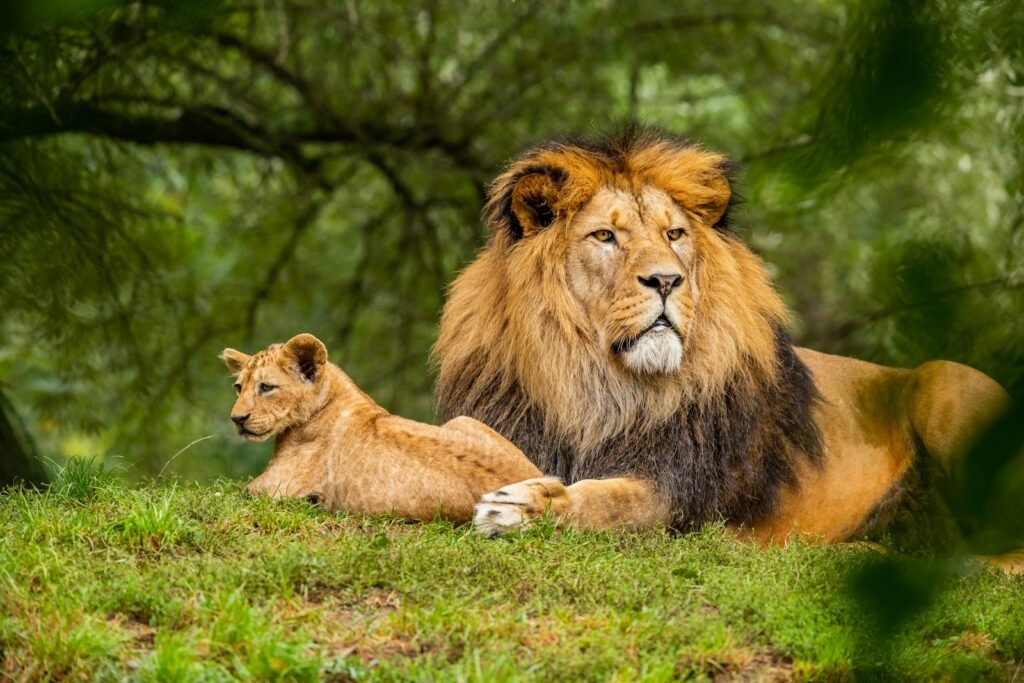
Lions play a crucial role in the African Savannah by helping to maintain healthy ecosystems. As apex predators, they regulate prey populations, prevent overgrazing, and promote biodiversity. Understanding their ecological role emphasizes the importance of their survival, not just for their own sake, but for the balance of the savannah itself.
Current Status of Lion Populations
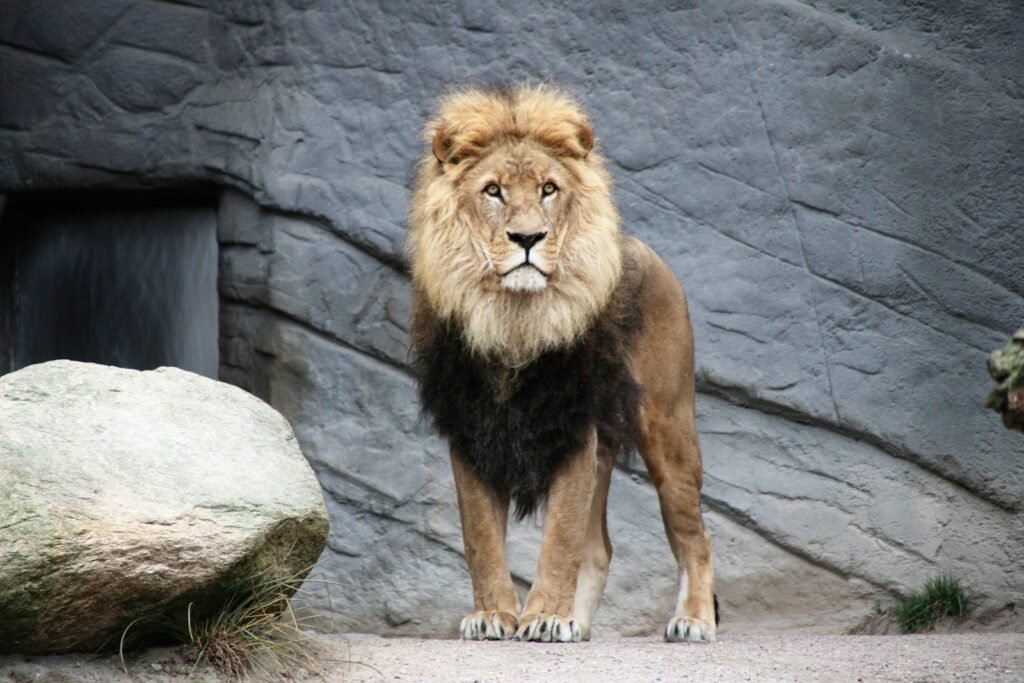
Lion populations across Africa have decreased drastically over the past few decades. Once numbering in the hundreds of thousands, estimates now suggest there are fewer than 25,000 wild lions remaining. The decline in their numbers is caused by a variety of threats, making their future uncertain.
Habitat Loss: A Looming Threat
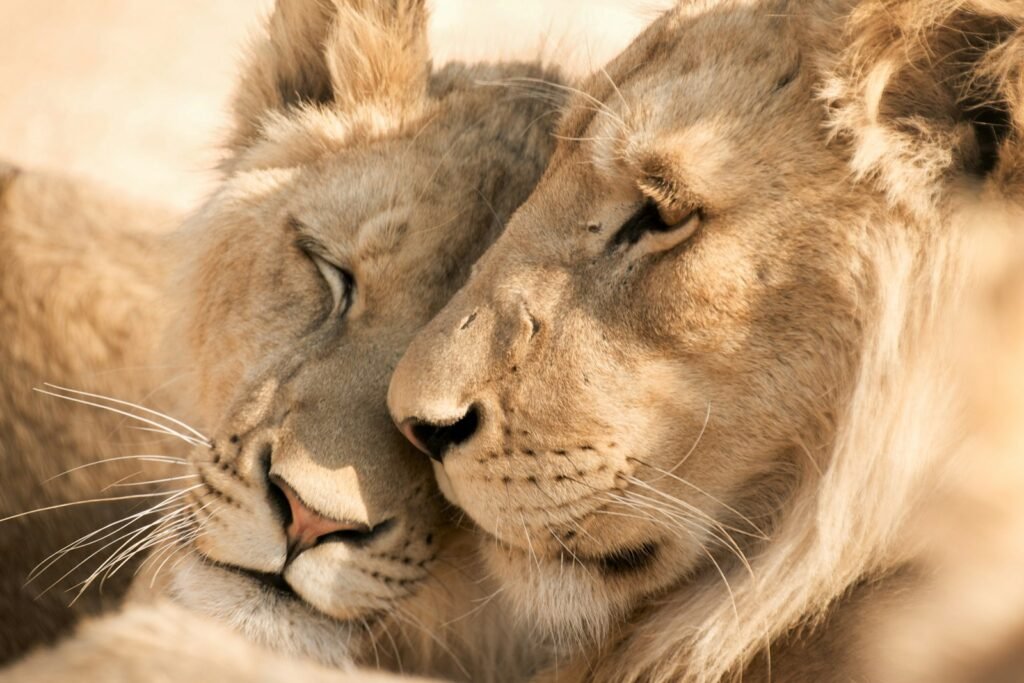
One of the primary threats to lion populations is habitat loss due to expanding agricultural activities and human settlements. As more land is converted for agriculture or urban development, lions find themselves squeezed into smaller habitats, leading to increased human-wildlife conflict.
Human-Wildlife Conflict
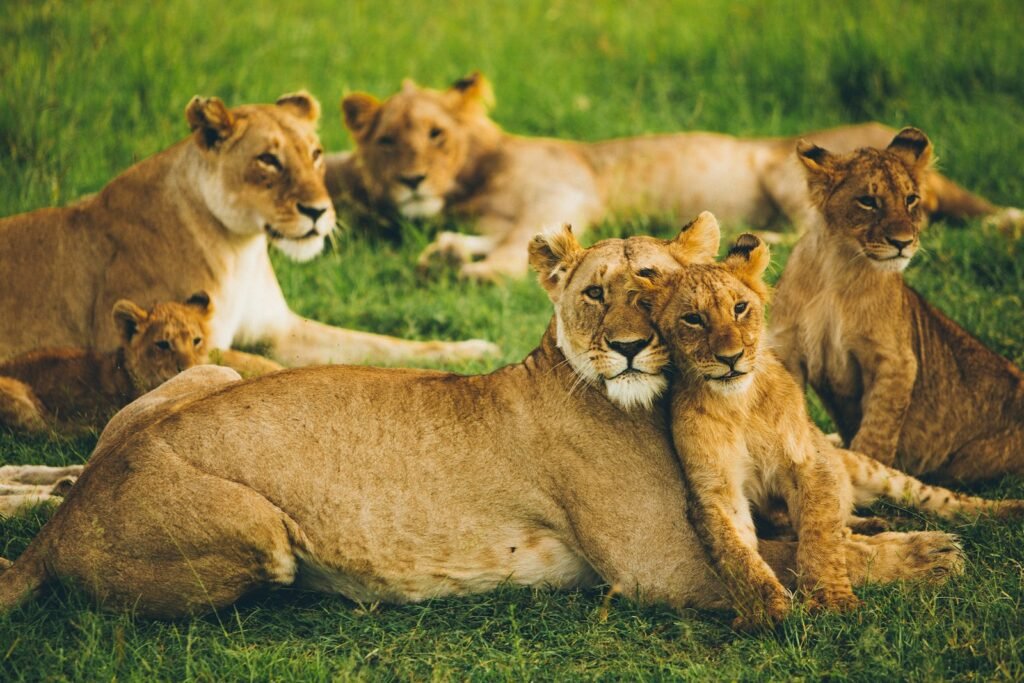
As lions lose their natural habitat and traditional prey, they sometimes attack livestock, causing tension with local communities. In retaliation, people often poison or shoot lions, exacerbating their population decline. Finding solutions to reduce this conflict is crucial for the future of lions in the savannah.
Illegal Wildlife Trade and Poaching
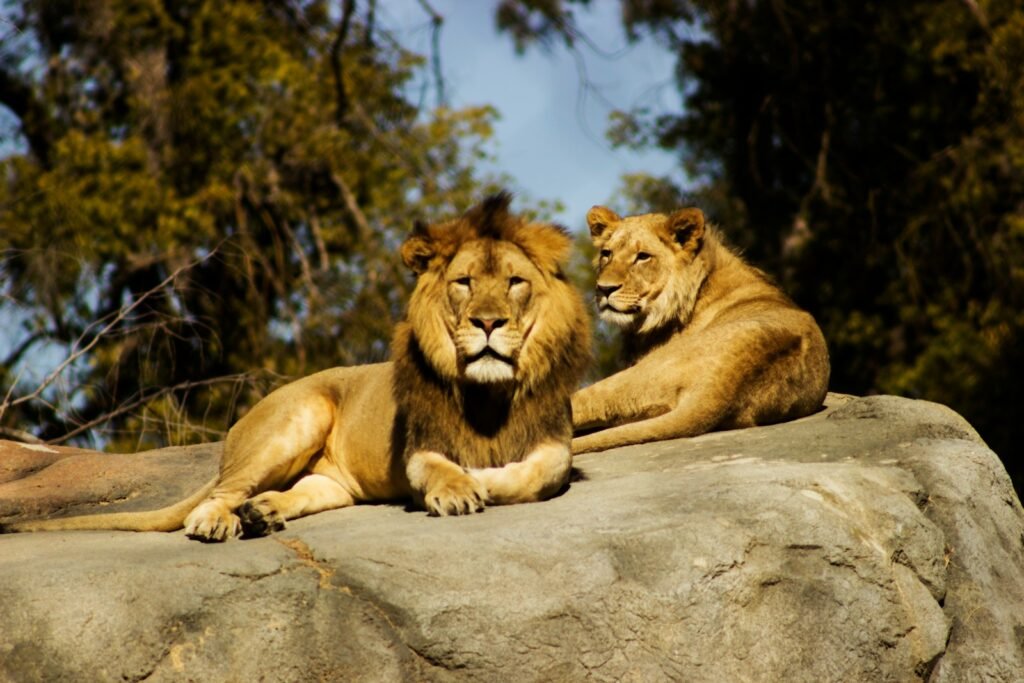
Poaching and the illegal wildlife trade pose another critical threat to lions. They are often killed for their bones, which are in demand in traditional medicine markets, or as trophies. Stringent anti-poaching measures and stronger legal frameworks are essential to curb these illegal activities.
The Impact of Climate Change
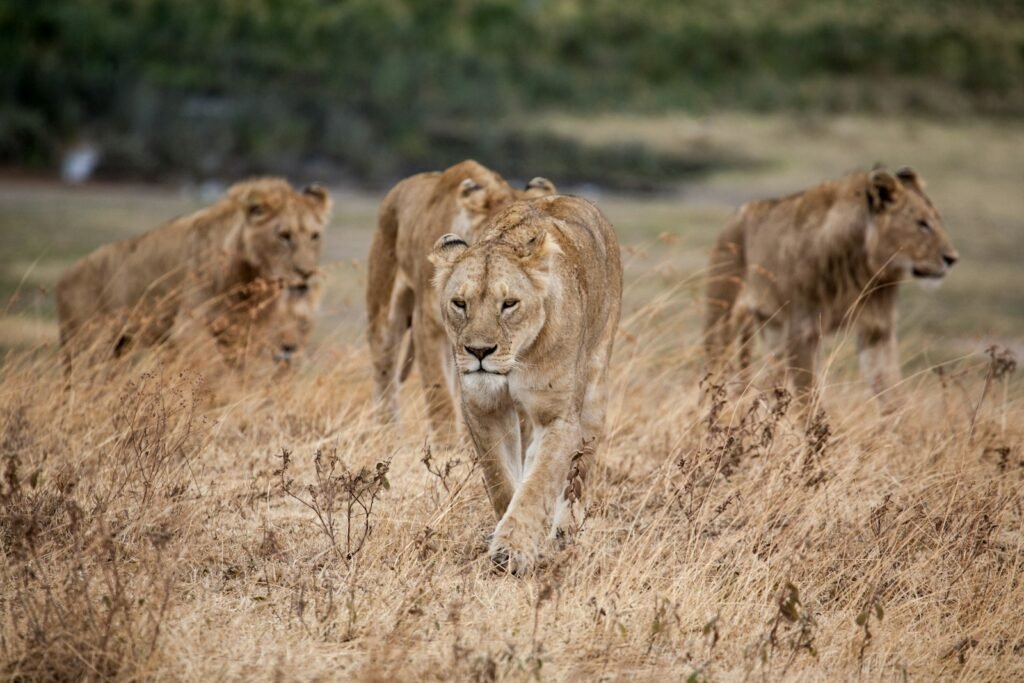
Climate change is altering the very fabric of the savannah ecosystem. Changes in rainfall patterns, prolonged droughts, and rising temperatures can affect prey availability, water resources, and vegetation cover, indirectly impacting lion populations by stressing the ecosystem as a whole.
Conservation Efforts: A Ray of Hope
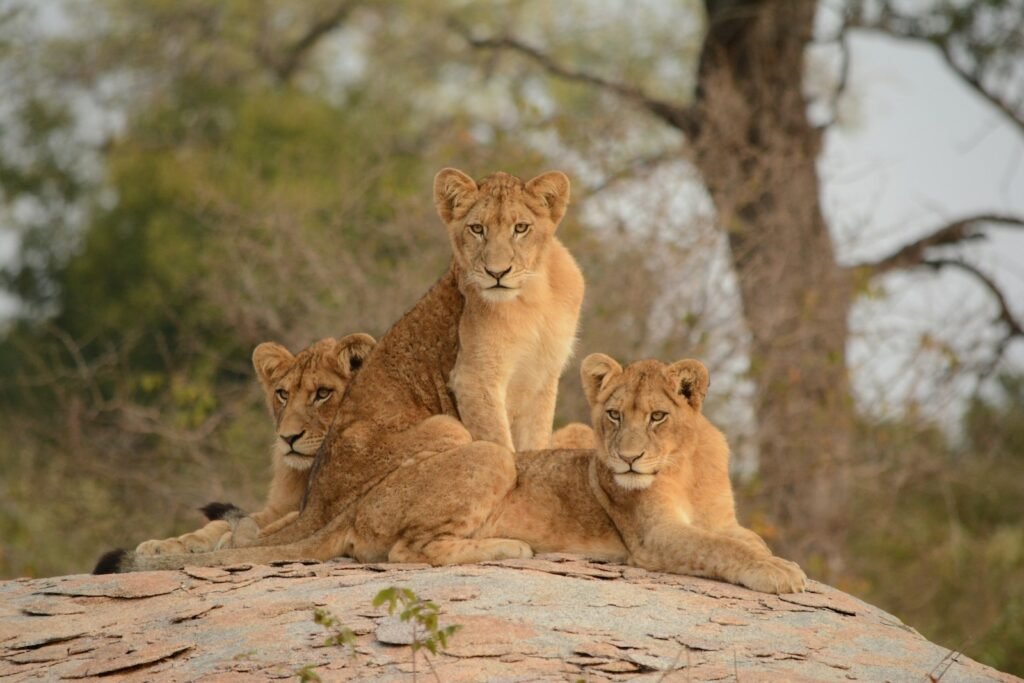
Various organizations and governments are actively working to protect lion populations. Initiatives include habitat restoration, enforcing anti-poaching laws, and creating transboundary conservation areas that provide safe corridors for lions to roam. Education initiatives are also crucial in garnering community support for conservation.
The Role of Technology in Conservation
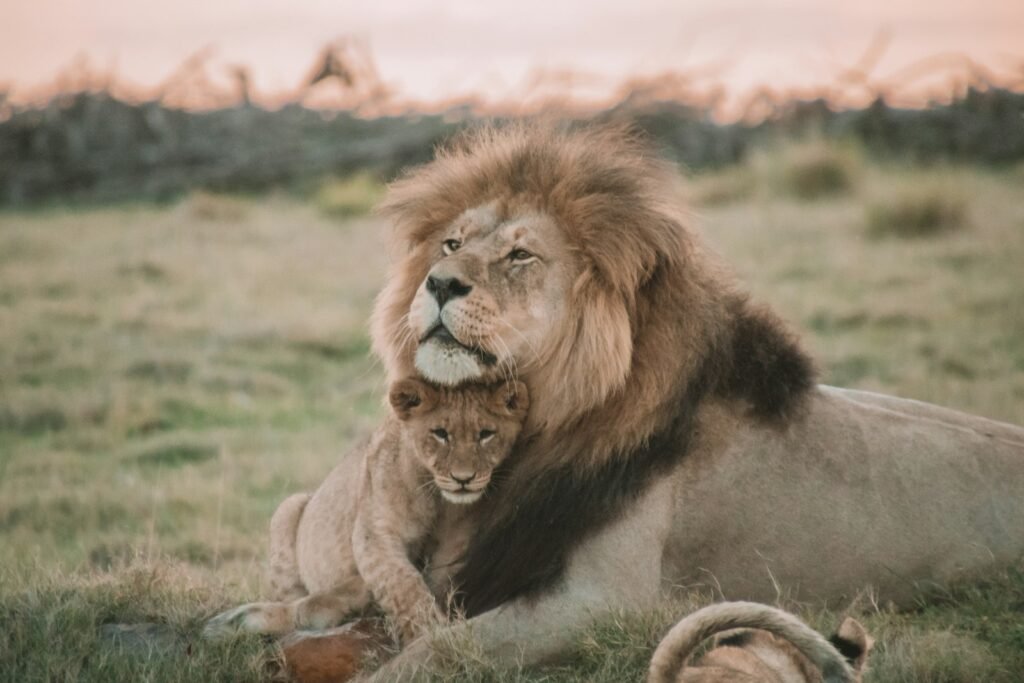
Advancements in technology have opened new avenues for lion conservation. GPS collars and drones help researchers monitor lion movements and health, providing valuable data for conservation strategies. Community-based conservation programs employing technology also enhance anti-poaching efforts.
Community Involvement in Lion Conservation
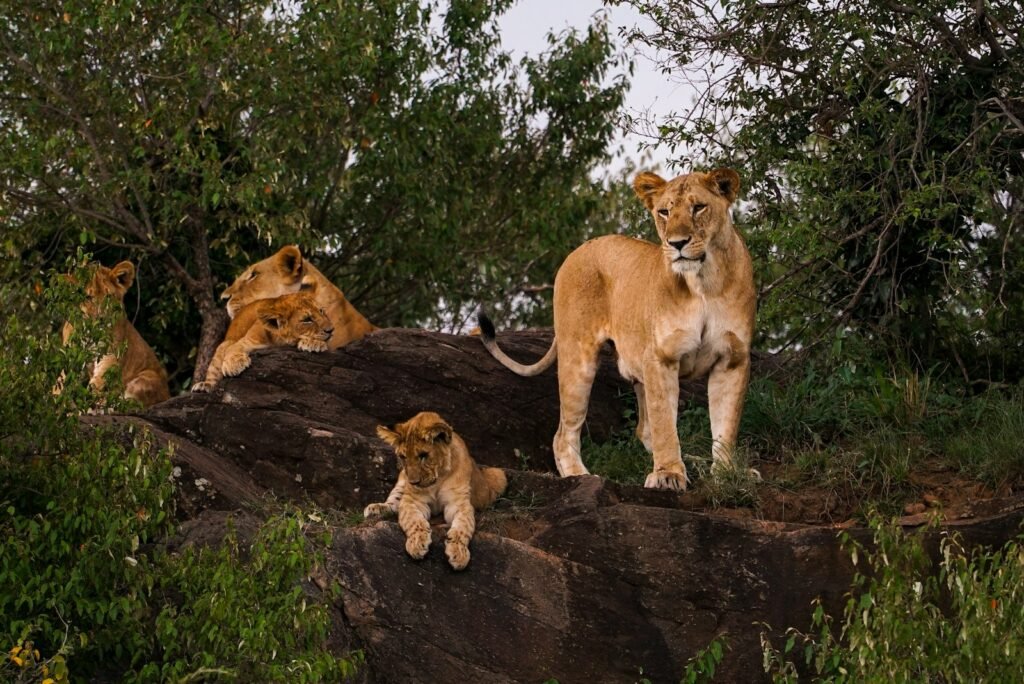
Engaging local communities in conservation efforts is critical to the success of any strategy aimed at protecting lions. By involving communities and providing incentives for protecting wildlife, conservation programs can foster coexistence and reduce human-wildlife conflict.
What the Future Holds
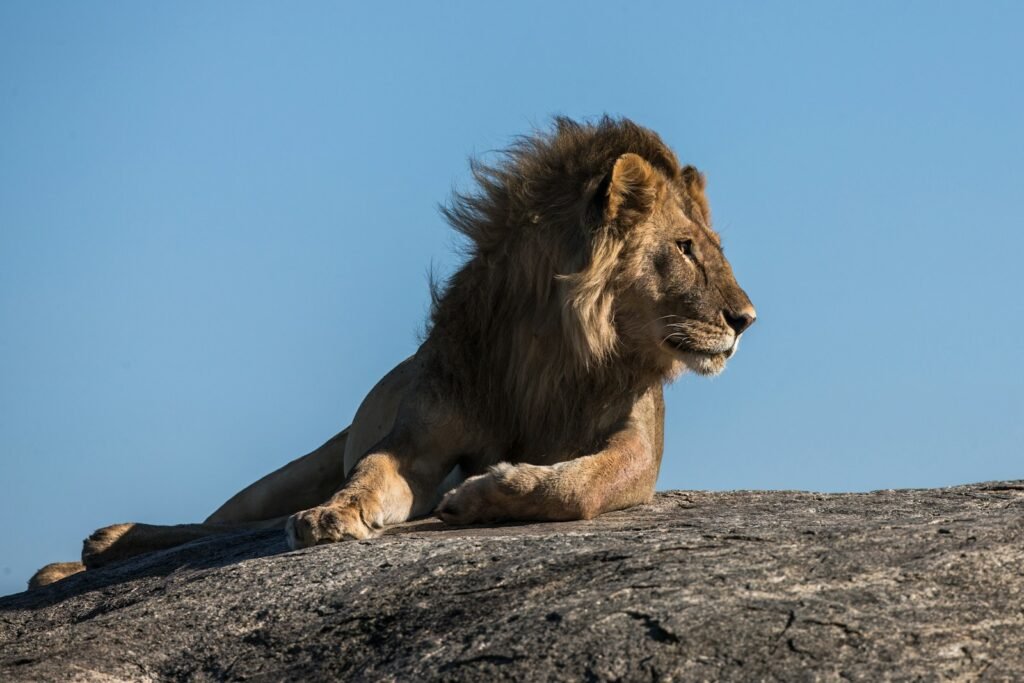
The future of lions in the African Savannah is at a crossroads. While they face significant threats, the concerted efforts of governments, conservationists, and local communities offer hope. By addressing habitat loss, poaching, and human-wildlife conflict through collaborative efforts, the iconic lion can continue to reign over the savannah for generations to come. The challenge lies not only in ensuring the survival of the species but also in maintaining the ecological balance they help uphold.






